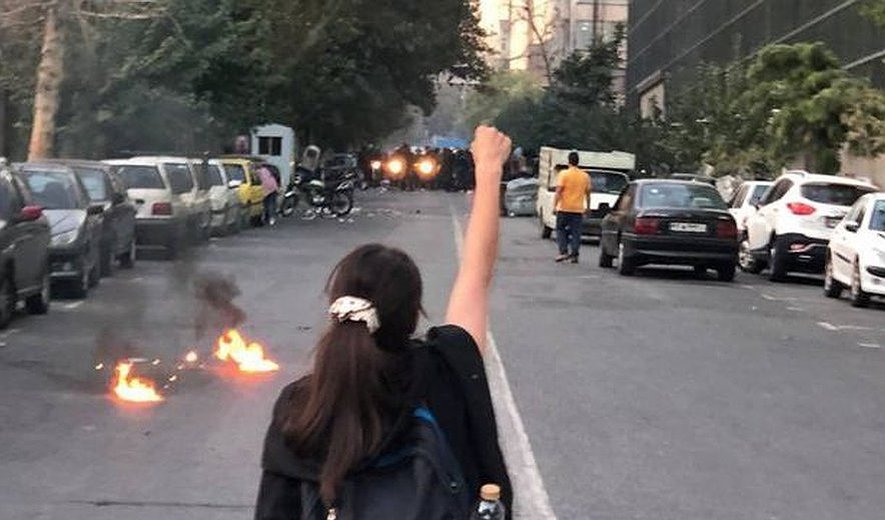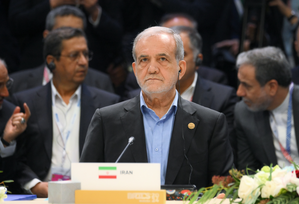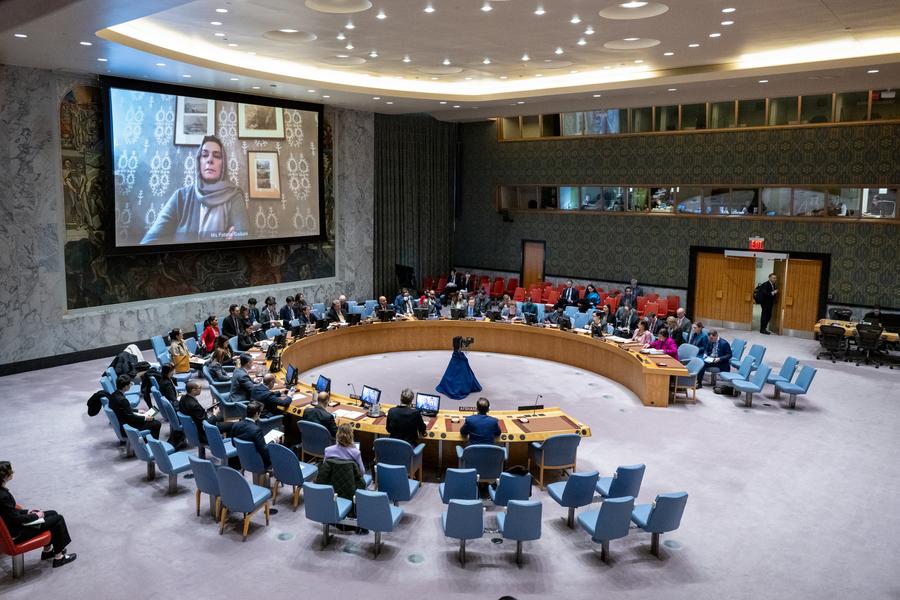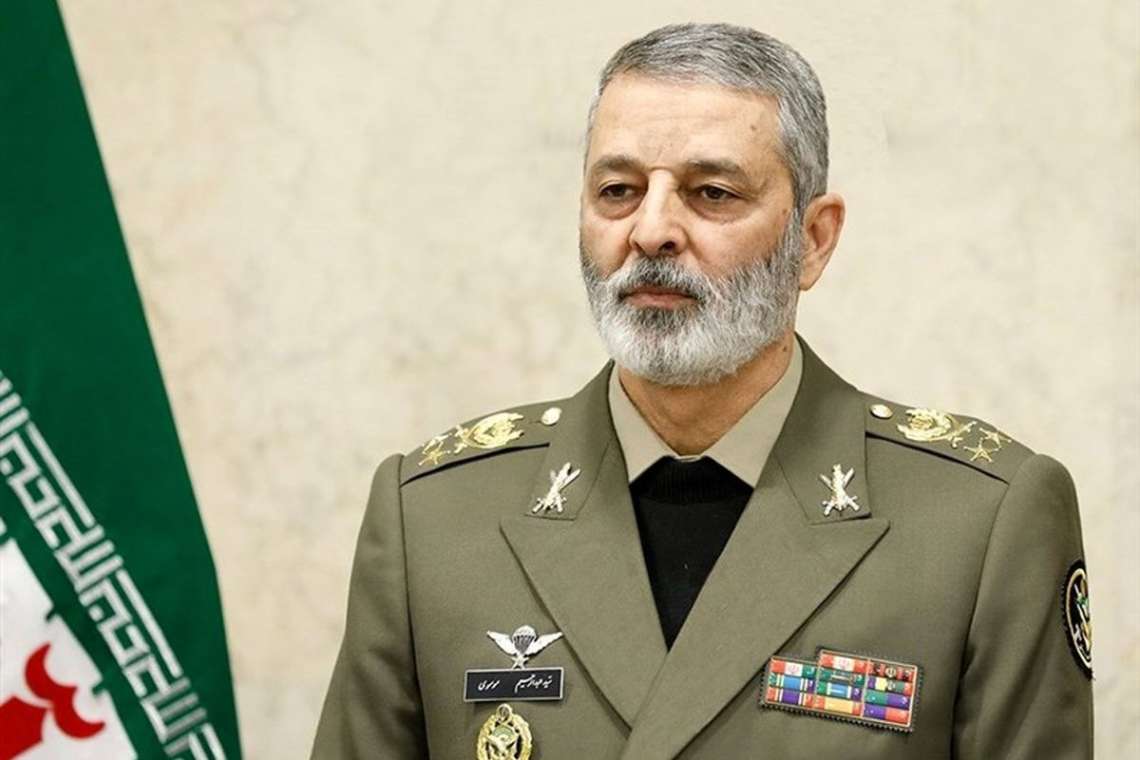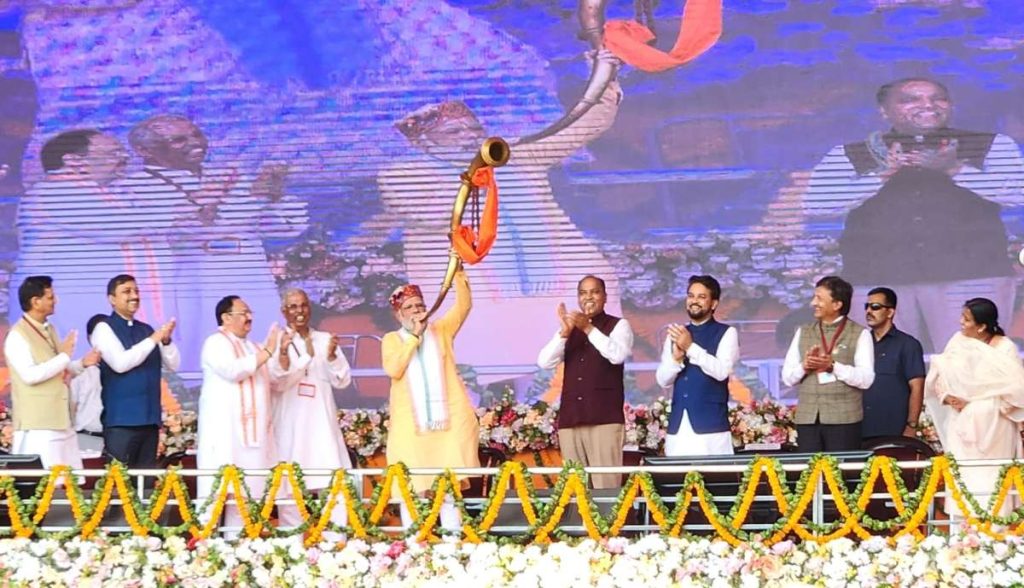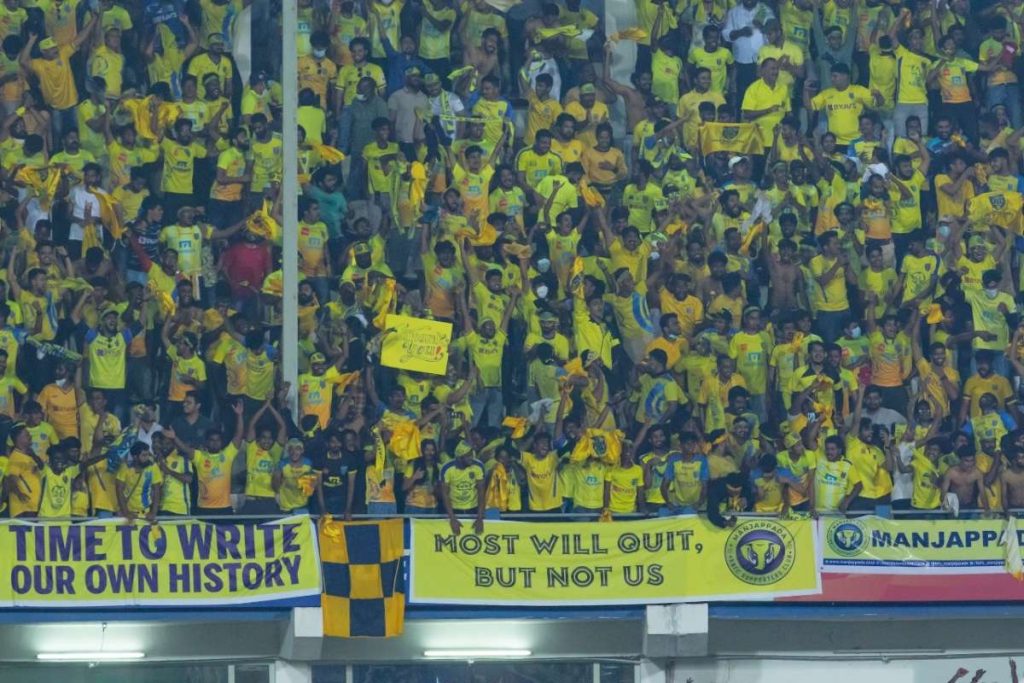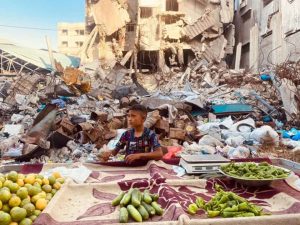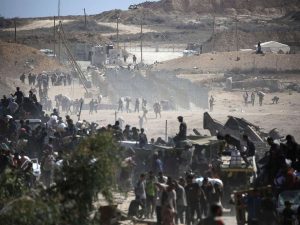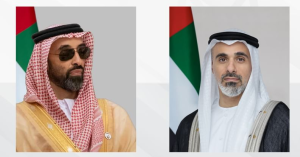Across Iran, protesters seem intent on exposing the weaknesses of a clerical establishment which is widely accused of corruption…reports Asian Lite News
Iran’s protesters, and their supporters, are defiant. For weeks, a nationwide protest movement has relentlessly gathered momentum and appears to have blunted the government’s decades-old intimidation tactics, media reports said.
Slogans against the clerical leadership are echoing throughout Tehran, CNN reported.
Videos of schoolgirls waving their headscarves in the air as they sing protest songs in classrooms have gone viral, as have images of protesters fighting back against members of the formidable paramilitary group, Basij.
These are scenes previously believed to be unthinkable in Iran, where the supreme leader Ayatollah Khamenei rules with an iron fist. But experts say that these protests transcend Iran’s many social and ethnic divisions, breaking a decades-old barrier of fear and posing an unprecedented threat to the regime, CNN reported.
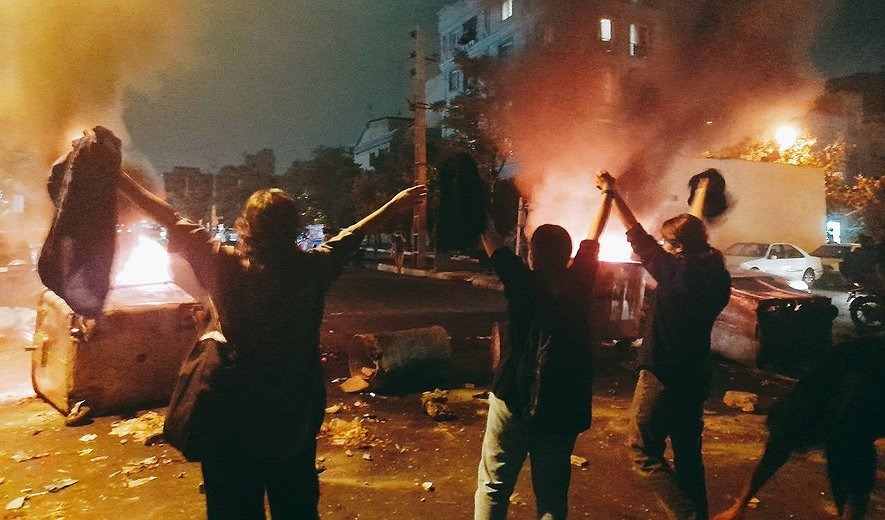
Across Iran, protesters seem intent on exposing the weaknesses of a clerical establishment which is widely accused of corruption and has stamped out dissent with arbitrary detentions and even mass executions.
Capital city Tehran has been convulsing with demonstrations since the death in mid-September of Mahsa Amini (also known as Zhina), the 22-year-old Kurdish-Iranian woman who died after being detained by the country’s morality police for how she was dressed.
Now, protests crop up sporadically in various parts of Tehran each day. At night, a chant that has become a staple of the protests – “death to the dictator” – sounds from the rooftops of buildings. It’s a reference to Khamenei, who was once considered beyond reproach because of his elevated clerical status, CNN reported.
Anti-regime demonstrations have also penetrated the Islamic Republic’s power bases, including the Shia holy cities of Mashhad and Qom. Ethnic minorities – notably Kurds in the country’s north and northwest, and Baloch people in the southeast – have also staged protests, enduring what appear to be some of the most brutal crackdowns, with scores reportedly killed.
Secondary schools and universities around the country are flashpoints, and women and girls have been taking off their mandatory headscarves, known as hijab, CNN reported.
“These terrorists think that our generation is the previous generation. We are not. Let me assure you,” a protester from Tehran’s prestigious Sharif University of Technology told CNN, referring to Iranian police who had violently cracked down on demonstrators on campus, and detained scores of young people.
Social media videos showed cars filling the streets shortly after news spread on Sunday of the crackdown on students, horns blaring in solidarity with protesters as the showdown unfolded at the university, known for educating Iran’s best and brightest students.
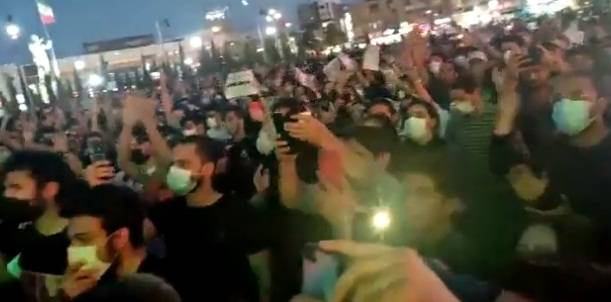
Last week, Amnesty International had said that it has obtained a leaked document which appeared to instruct commanders of armed forces in all provinces to “mercilessly confront” the protesters, deploying riot police as well as some members of the military’s elite Revolutionary guards, the Basij paramilitary force and plainclothes security agents, CNN reported.
The threat posed by these protests, analysts say, is existential to the regime, and is one of the biggest challenges the Islamic Republic has faced in years.
“These are primarily very, very young people, a younger generation who have apparently completely lost faith that this Islamic Republic can be reformed,” said Trita Parsi, executive vice-president at the Washington-based Quincy Institute, CNN reported.
“They’re breaking from their previous generation who was seeking to reform the system from within. This new generation seems to not have any faith in that at all,” Parsi added.
The current protests may eventually be quashed or simply lose momentum, but analysts say Iran can expect another cycle of nationwide demonstrations in the months to come. The latest demonstrations follow similar, but less widespread, protests against the government in 2019, 2017 and 2009.

